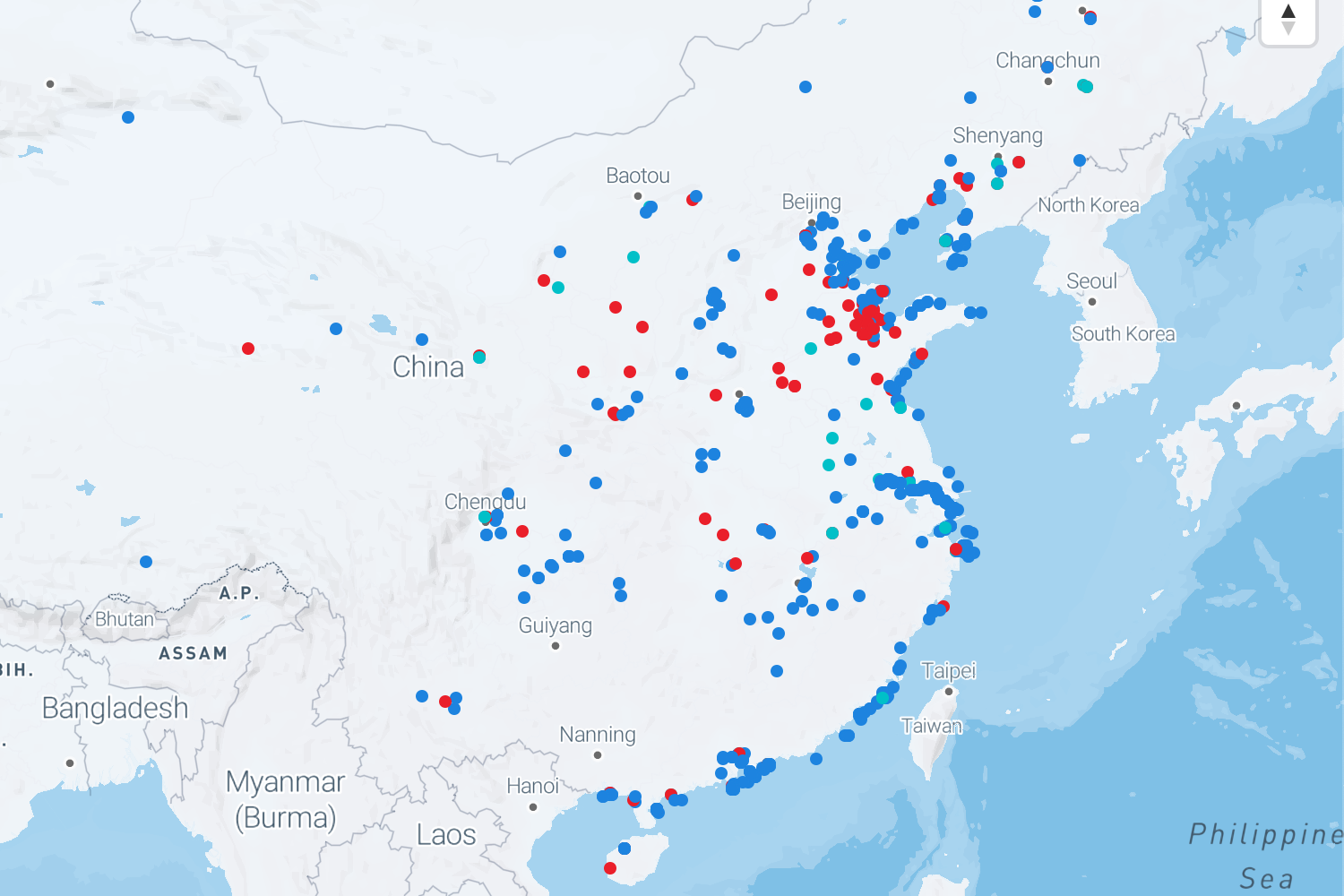
China’s “Zero-COVID” Policy Could Crush Its Energy Storage Ambitions
In such uncertain times, there are few economic sectors that are a 100% sure bet for investors – but energy storage certainly seems to be one of them. As the world leans more earnestly toward decarbonization and the United Nations and the Intergovernmental Panel on Climate Change sound a “code red for humanity” as the window of opportunity to avoid the worst impacts of global warming rapidly closes, energy storage has become one of the fastest-growing industries as demand for clean energy heats up.
The global energy storage market is on track to hit one terawatt hour by 2030, a quantity that would mark a more-than 20-fold increase over the already groundbreaking 17 gigawatts/34 gigawatt-hours that were online at the end of 2020. “Overall investment in battery storage increased by almost 40% in 2020, to USD 5.5 billion,” the International Energy Agency (IEA) reported at the end of last year.
“The global storage market is growing at an unprecedented pace. Falling battery costs and surging renewables penetration make energy storage a compelling flexible resource in many power systems,” says Yiyi Zhou, a clean power specialist at Bloomberg BNEF. “Energy storage projects are growing in scale, increasing in dispatch duration, and are increasingly paired with renewables.”
The breakneck increase in storage capacity is largely being driven by China and the United States, which are currently embroiled in a quietly simmering energy storage war. Each of these countries added gigawatt-scale additions of energy storage capacity in 2020. Together, China and the U.S. represent more than half of the global energy storage market projections for 2030.
China is currently winning the race, having more than doubled its energy storage capacity additions in 2020. What’s more, in July of last year, Beijing announced that it is planning to install 10 times more capacity than its 2020 levels by just 2025.
Oilprice by Haley Zaremba, April 4, 2022
